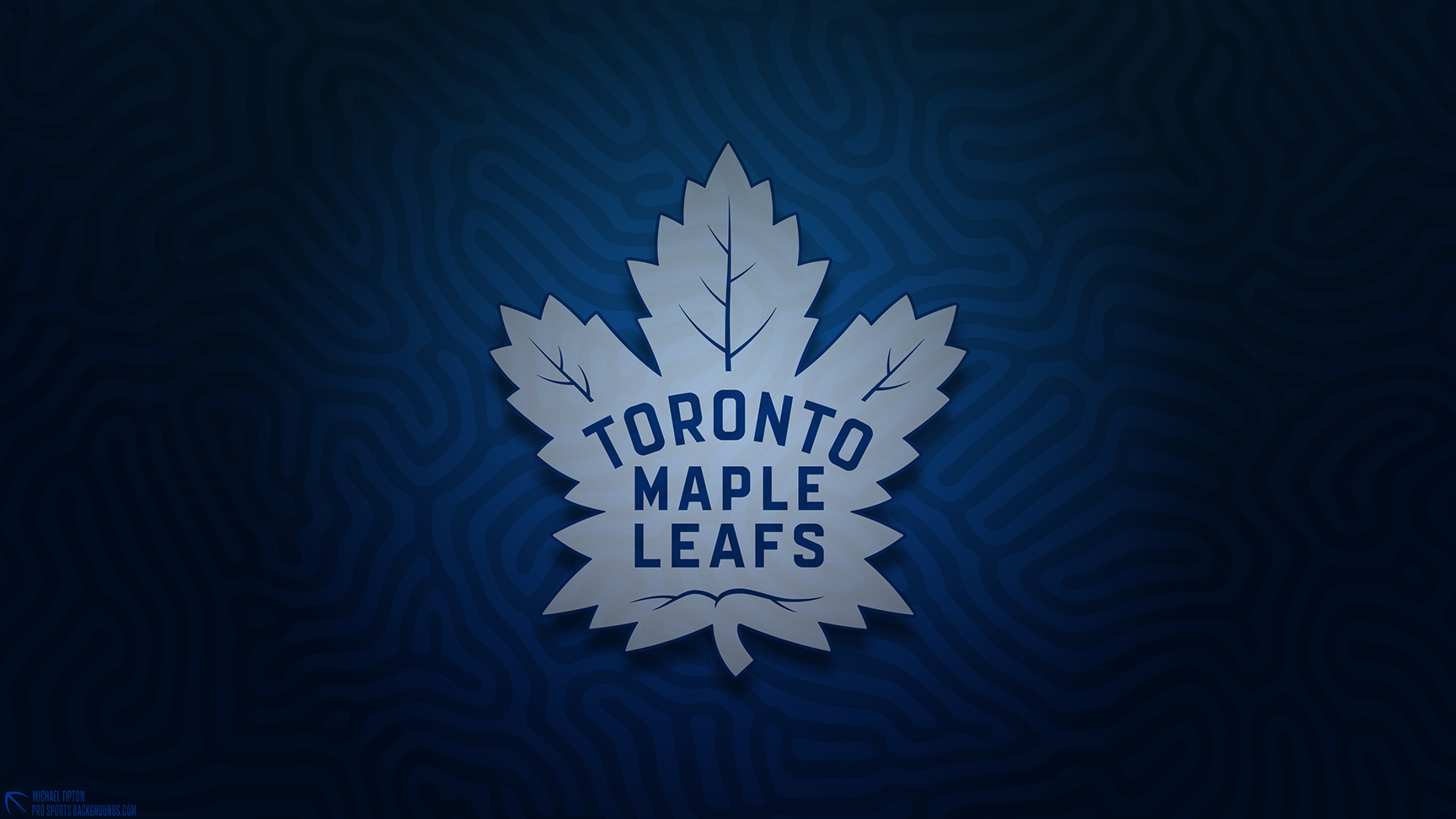In contemporary NHL trades, there’s typically a genuine hockey exchange involved, often with additional players being swapped to balance salaries.
The Maple Leafs find themselves short on tradable assets due to prior moves involving their next year’s first-rounder and the subsequent three second-round picks.
To compensate for this, they could exploit other teams’ financial constraints by absorbing players with contracts extending beyond this season in return for expiring contracts. This strategy would alleviate the financial burden on the other team, potentially resulting in a lower asking price in terms of actual hockey assets.
With 12 players on expiring deals—Tyler Bertuzzi, Max Domi, Bobby McCann, Nick Robertson, Noah Gregor, TJ Brodie, Timothy Liljegren, Mark Giordano, Simon Benoit, William Lagesson, Martin Jones, and Ilya Samsonov—totaling $24 million, the Leafs possess considerable flexibility, uncommon among most teams.

While it’s unlikely they would trade all of these players, the array offers them unique maneuverability. Although Brad Treliving’s offseason might have received criticism, he avoided substantial long-term commitments, except for the regrettable David Kampf deal.
Many competitive NHL teams this season are strapped for cap space and lack the abundance of expiring contracts seen with the Leafs. This scenario potentially gives Toronto an edge in pursuing upgrades via trades. However, their primary challenge lies not in cap space but in a general manager seemingly fixated on marquee names and reluctant to acknowledge and rectify past errors.
Cap space shouldn’t be a hurdle for the Leafs; they can pursue whichever players they desire. This sets the stage for an opportune year to make significant moves before the trade deadline.
